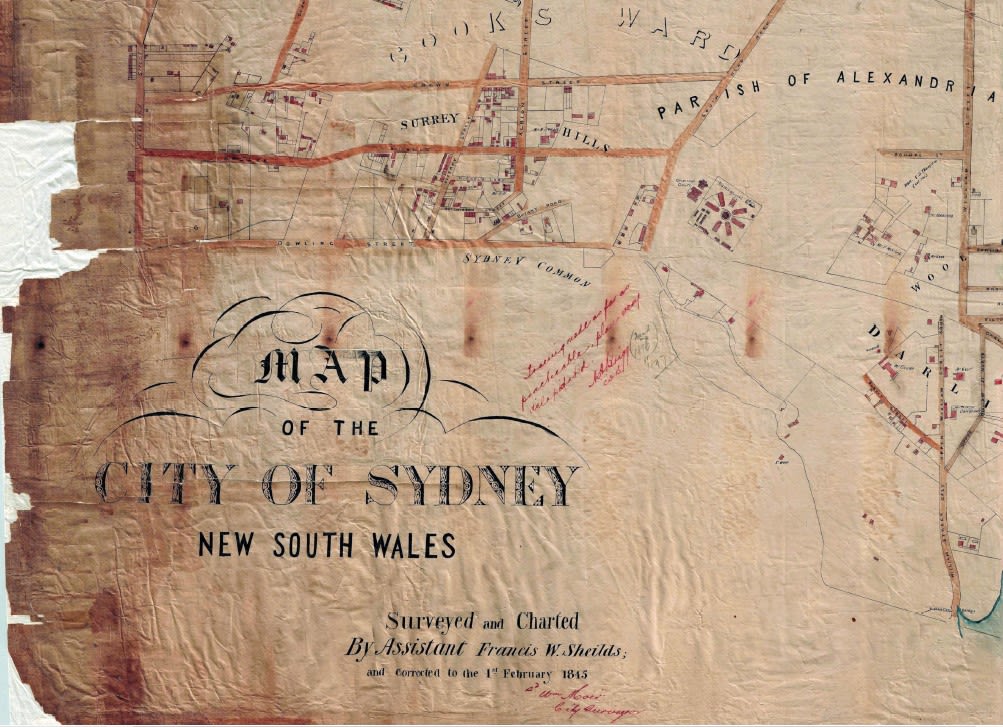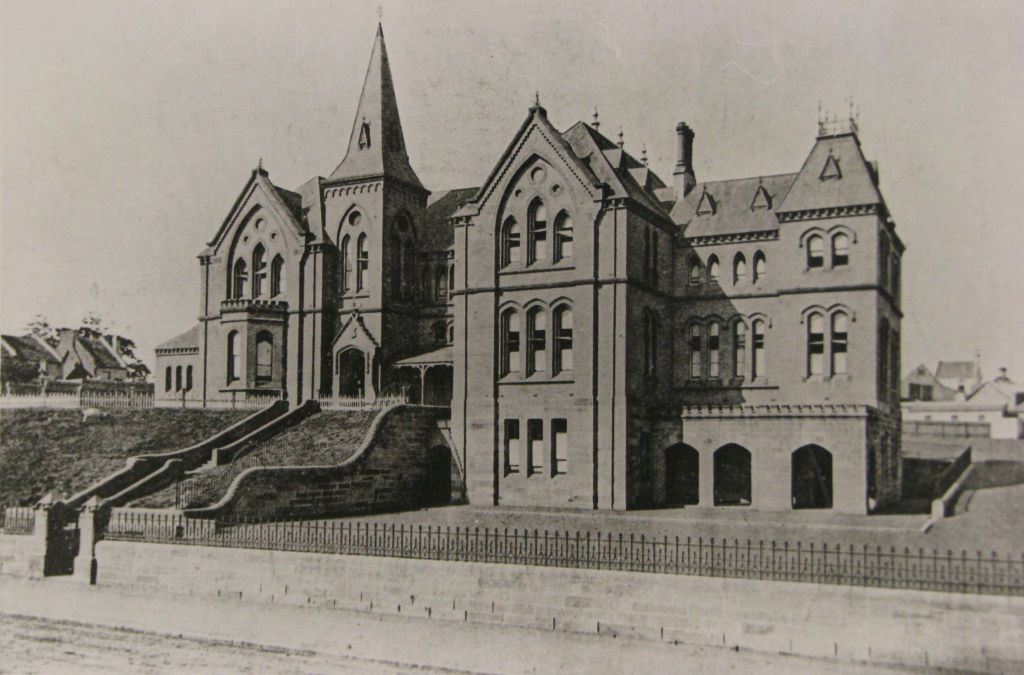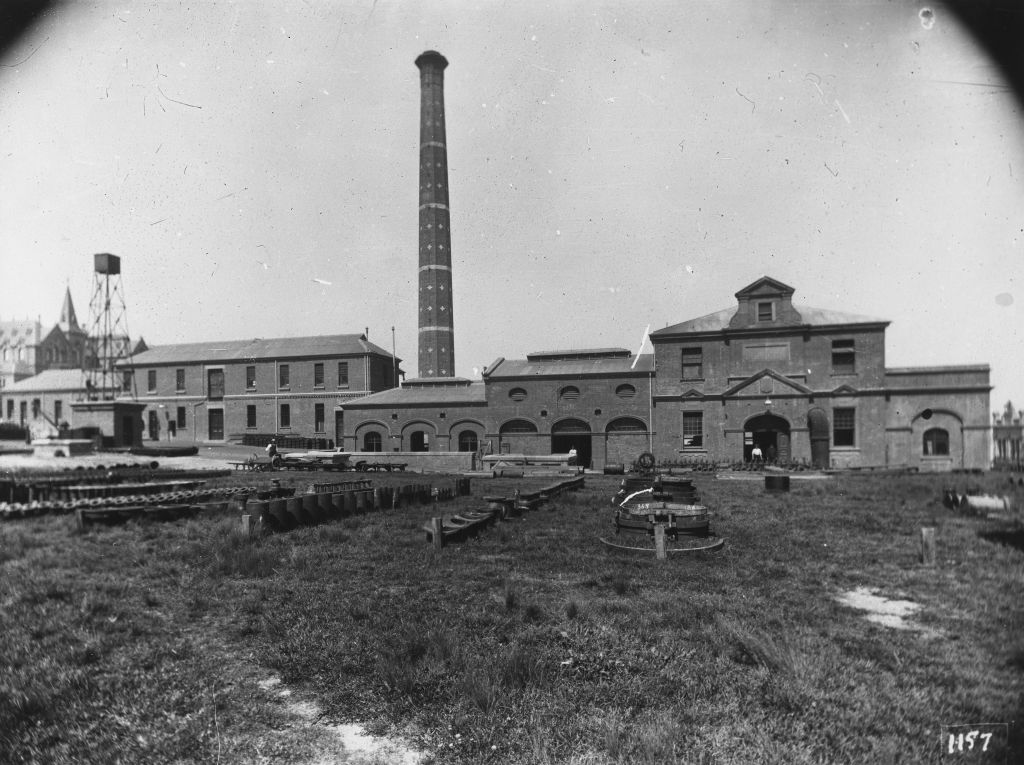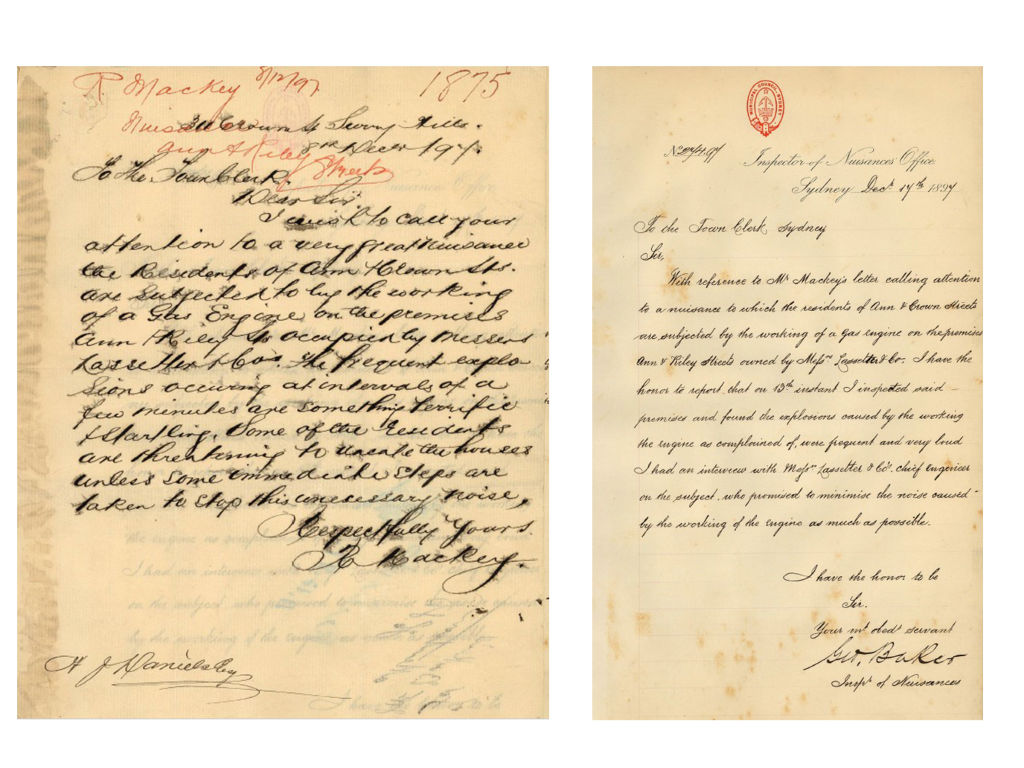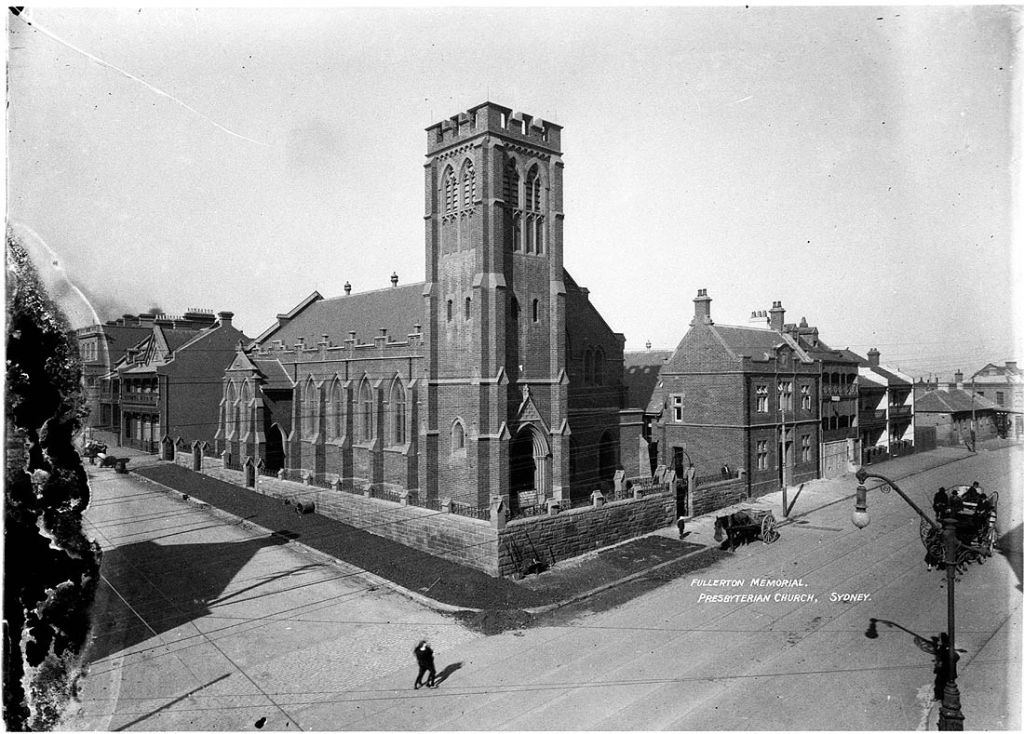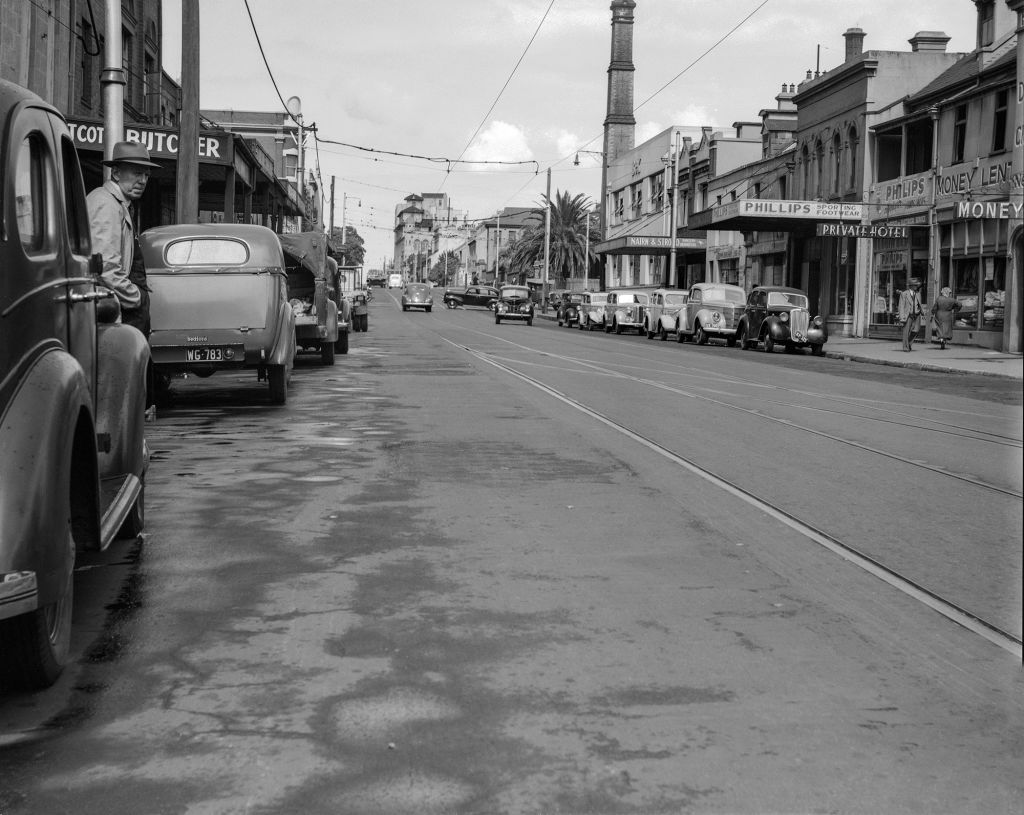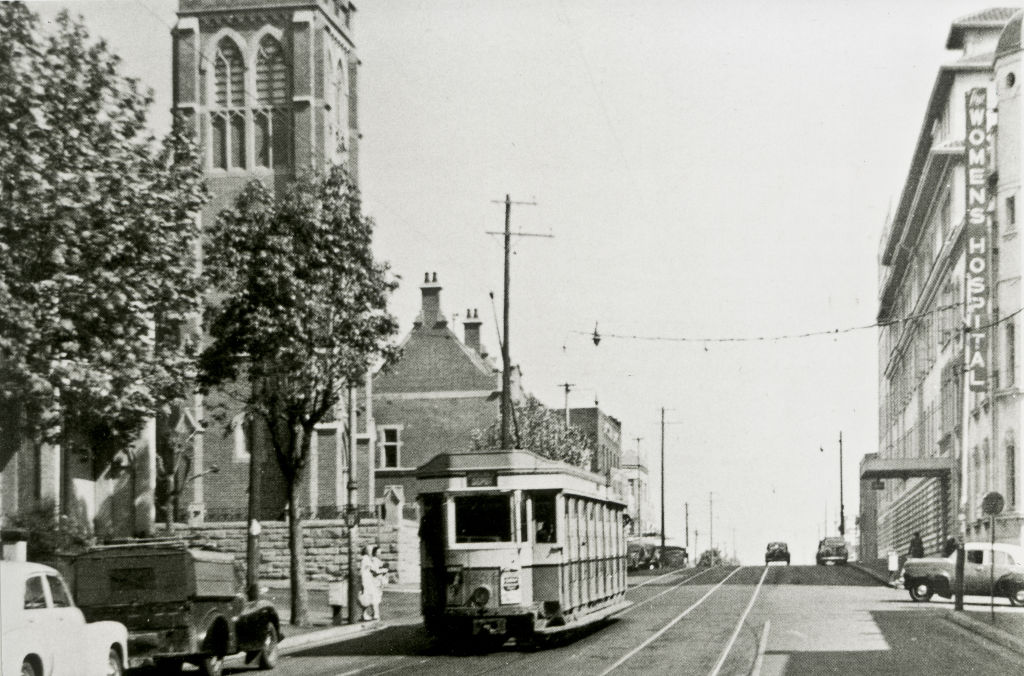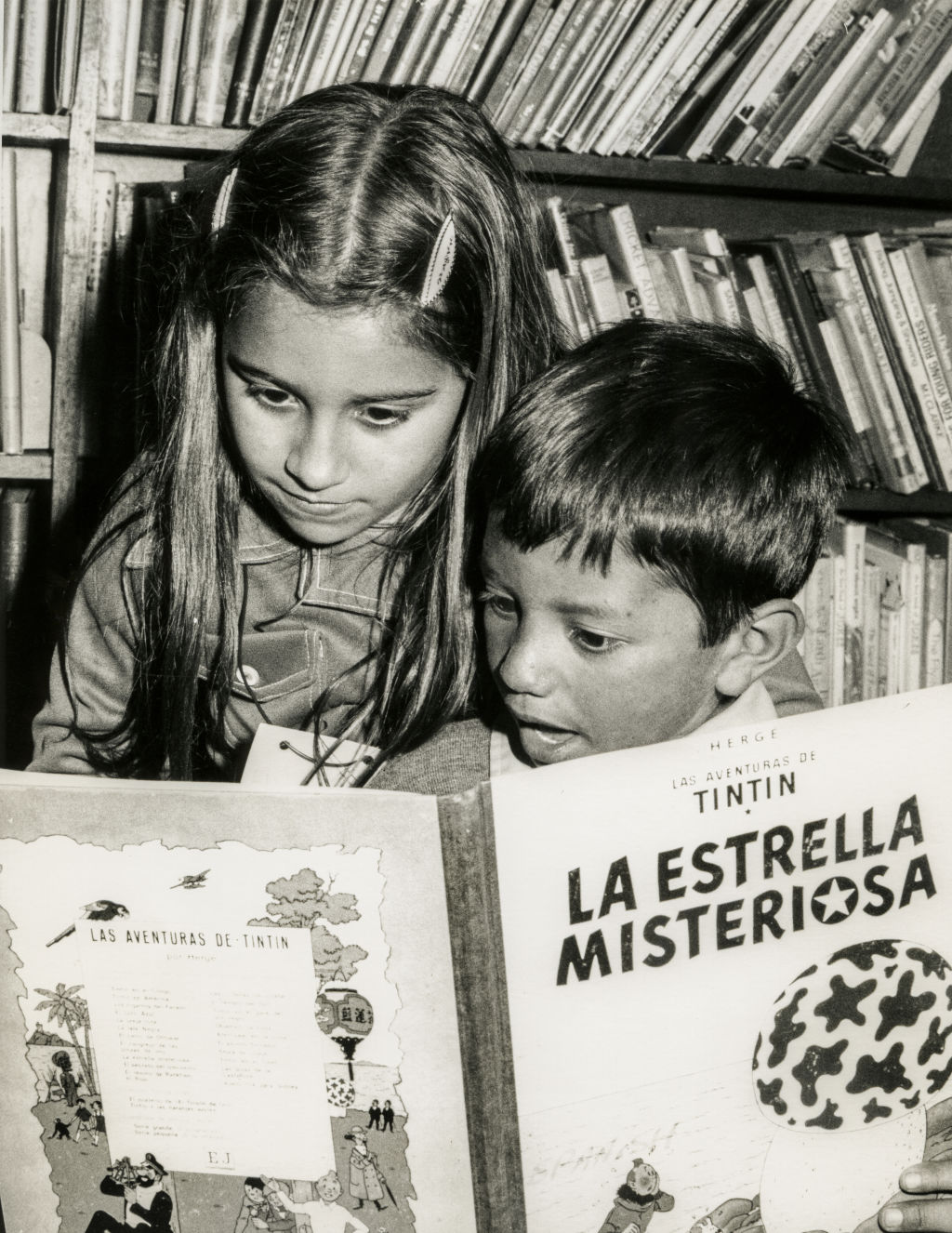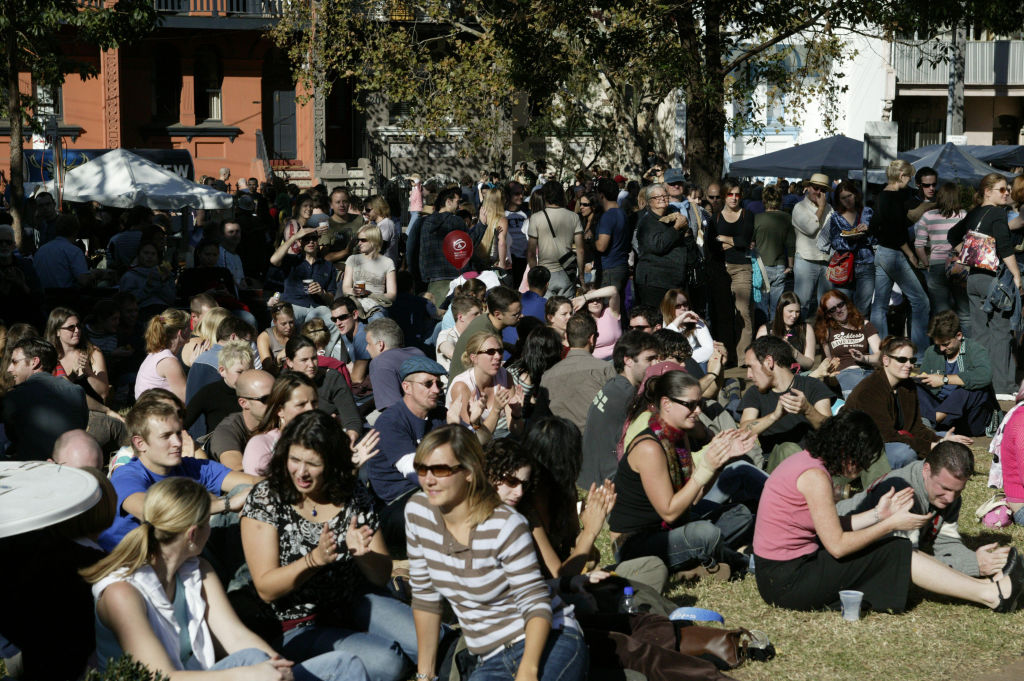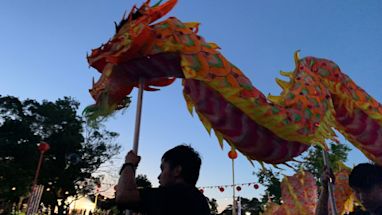Surry Hills is defined by its topography: – sand dunes, swamps, a sandstone plateau and a ‘shale cap’ that’s weathered into a hard blue clay that made the area impossible for farming and would later cause drainage problems. Today’s Crown Street sits on top of the plateau of sandstone which runs north-west between Woolloomooloo and the sandhills in the vicinity of today's Central Station.
We’re planning to upgrade Crown Street and would love to hear your thoughts. Feedback closes 19 September.
Published 31 August 2022, updated 6 September 2022

